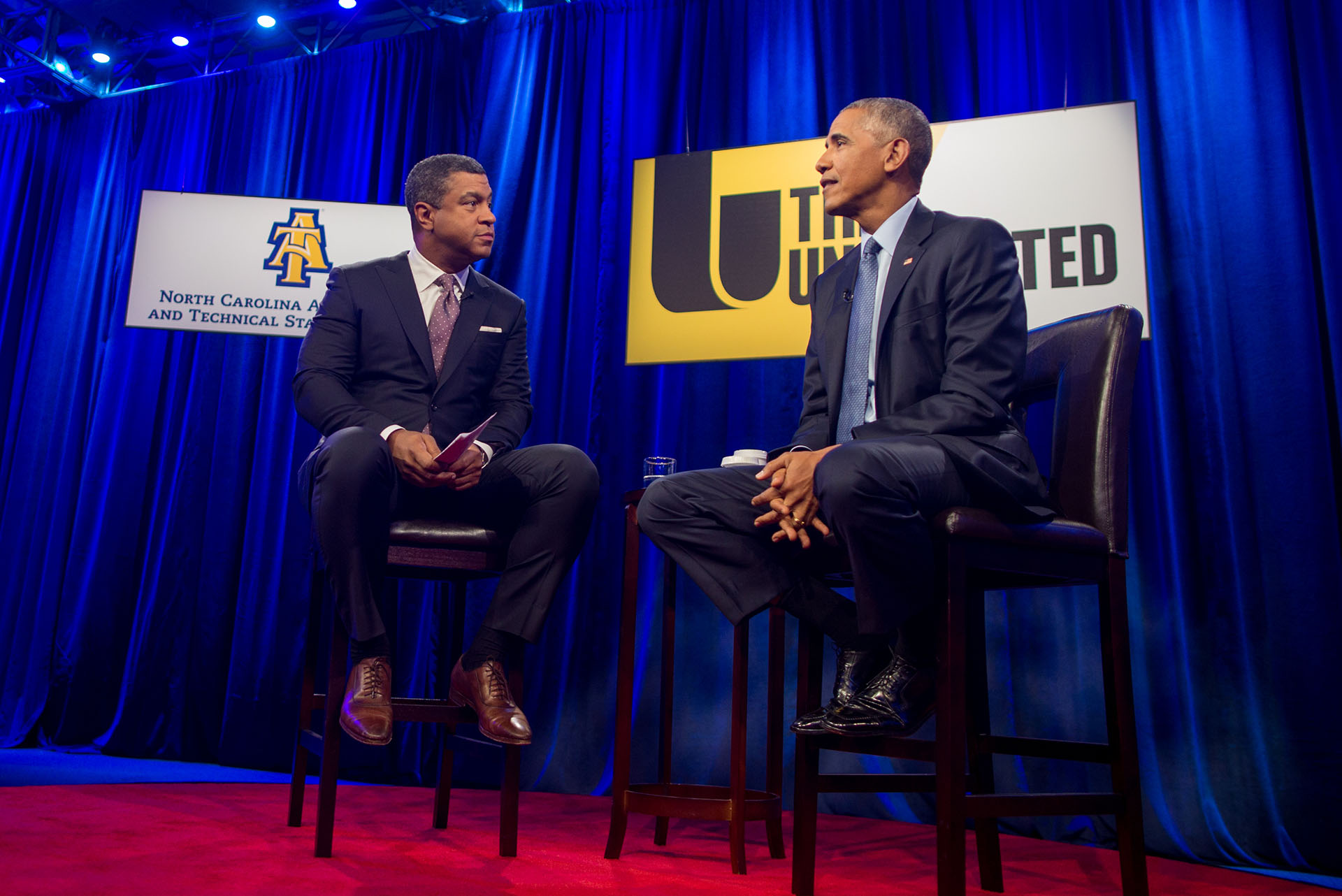130th Anniversary: Historic Events
Throughout its history, North Carolina A&T's story is filled with moments of significance in the development of higher education for African Americans, the Civil Rights movement and more. Read some of them here.
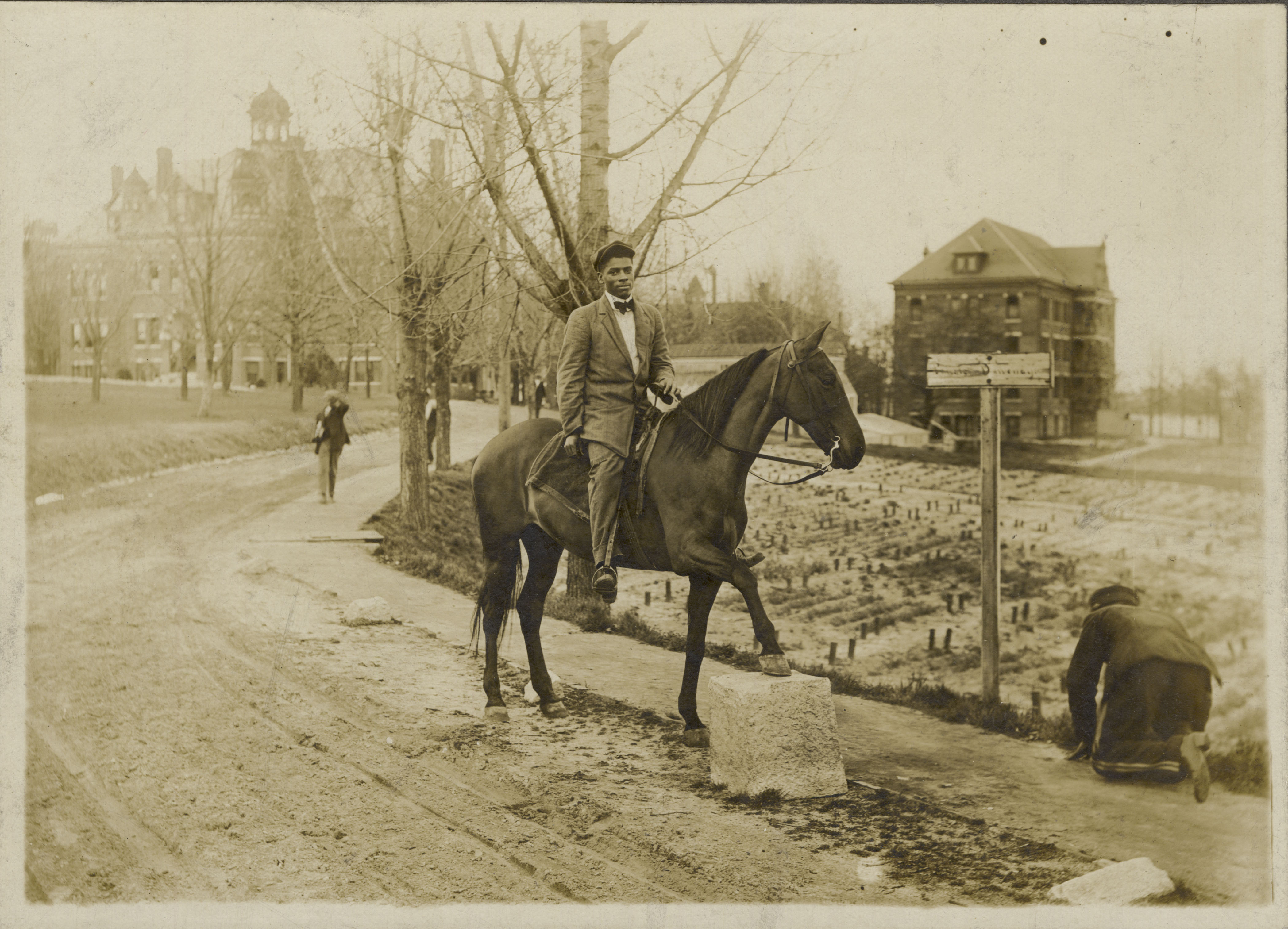
Establishment of NORTH CAROLINA A&T
On March 9, 1891, the North Carolina General Assembly formally established the Agricultural and Mechanical College for the Colored Race (see image below from the 1891 Journal of the House of Representatives of the General Assembly noting Senate Bill 1240 1/2 and House Bill 1567 establishing the college). It was the second institution established nationally under the second Morrill Act and the first for people of color in North Carolina. The second Morrill Act provided for land-grant universities in states that refused admission to Black people in their public universities. The college, which started with four teachers and 37 students in an annex of Shaw University in Raleigh, initially offered co-ed instruction in agriculture, English, horticulture and mathematics.
In 1892, the college’s Board of Trustees voted to move the institution to East Greensboro when a group of local citizens raised $11,000 (equivalent to nearly $315,000 in 2021) and 14 acres of land to provide the college a new home. The new campus was established in 1893 under the leadership of the college’s first president, John Oliver Crosby. The image above shows a young man riding past the young campus on horseback, as a worker kneels on the side of the road in front of him.

A&T Images at the 1900 Paris Exhibition
In 1899, historian, civil rights activist and author Dr. W.E.B. DuBois and lawyer/educator Thomas Calloway organized an exhibit for the 1900 World's Fair in Paris (Exposition universelle internationale de 1900). After soliciting Congress, renowned educator Booker T. Washington and even President William McKinley for project support, DuBois and Calloway used $15,000 allocated by Congress to assemble a wide-ranging collection of photographs, patents and a bibliography of work by African Americans and two social studies overseen by DuBois.
Among the photographs were 23 images of life the Agricultural and Mechanical College for the Colored Race, then only 7 years old and today known as North Carolina A&T. It as one of at least eight Black colleges represented in the exhibit. Today, the images are archived in the Library of Congress.

The American Negro Exhibit at the 1900 World's Fair in Paris

A&T students learn dressmaking in an 1899 class

A&T students in an 1899 sewing class

A&T students engaged in a butter-making class

Learning the craft of blacksmithing in an 1899 A&T class

An 1899 biology lab for A&T students

A&T students in model dining room
Graduate Education
North Carolina A&T was authorized to grant its first master’s degrees – a Master of Science in education and certain other fields in 1939, and graduated its first master’s students, Woodland Elroy Hall, in 1941, 50 years after the college’s establishment. In 1996, the university received approval to launch its first doctoral program.
Today (2021), N.C. A&T offers 29 master’s programs, 10 doctoral programs and 12 graduate certificate programs in a range of disciplines across the university.
Women Admitted – For Good
Upon its inception in 1891, the Agricultural and Mechanical College for the Colored Race (A&T’s original name) was a co-ed institution. But after a decade of growth and development as a new college, attendance was restricted in 1902 to men; women were only allowed to attend summer sessions for teachers.
Twenty-six years later, female admissions were resumed, and A&T has been a co-ed institution ever since. Women have comprised the majority of the A&T student body for years, in 2020-21 accounting for nearly 60 percent of its students.
Negro History Week
Organized by historian Carter G. Woodson (pictured above) and the Association for the Study of Negro Life and History, the first national U.S. celebration of African American history took place in the second week of February 1926. The Departments of Education of the states of North Carolina, Delaware and West Virginia and the city school administrations of Baltimore and Washington, D.C., were the only educational entities to officially embrace it, and North Carolina A&T was the first university to celebrate the occasion in its first year.
The annual event grew in popularity over the ensuing decades, expanding into Black History Month in 1970, which is celebrated nationally today.
National Register of Historic Places
A portion of today's main campus comprises the Agricultural and Technical College of North Carolina Historic District, which was named to the National Register of Historic Places in 1988. This 10.1-acre area along the university's western boundary consists of five Colonial Revival and Classical Revival style buildings that are the university's oldest standing structures:
- The former main administrative building, Dudley Memorial Building, constructed in 1930;
- The former Morrison Hall, a dormitory constructed in 1923; its name was stripped in September 2020 by the A&T Board of Trustees over the racist history of its namesake, N.C. Gov. Cameron Morrison;
- Noble Hall, a classroom building constructed in 1922;
- Murphy Hall, built in 1923 as the cafeteria and now housing various Student Affairs offices;
- and the Richard B. Harrison Auditorium constructed in 1939.
1969 Uprising
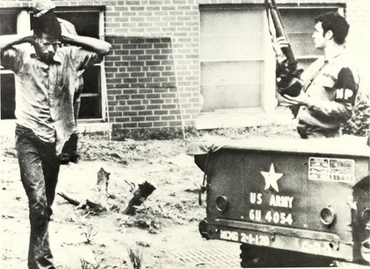 When a Black honors student student at nearby Dudley High School was elected student body president in early May, school leaders refused to seat him. Protests broke out at the school, and A&T students quickly joined in to support their high school peers. The protests moved to the A&T campus, and by the third week of May, began to turn serious, with local police arresting students and firing teargas over a large part of campus.
When a Black honors student student at nearby Dudley High School was elected student body president in early May, school leaders refused to seat him. Protests broke out at the school, and A&T students quickly joined in to support their high school peers. The protests moved to the A&T campus, and by the third week of May, began to turn serious, with local police arresting students and firing teargas over a large part of campus.
On May 21, a carload of young white people fired on campus, and police subsequently opened fire, as well. Two hours later, 150 National Guard troops were sent to A&T, and one student bystander, Willie Grimes, was shot and killed later that night in a crime police later tried to blame on protestors. Campus ignited after Grimes’ killing. A state of emergency was declared, and an additional 500 National Guard troops were sent in in what was described as “the most massive armed assault ever made against an American university.”
Police and troops fired heavily on the Scott Hall dormitory, riddling its exterior with more than 60 bullets, portions of which are preserved to this day at the A&T Reflecting Pool. More than 300 residence hall students were sent to a state prison for detainment. The campus curfew was lifted by May 24, and on May 25, the National Guard was withdrawn.
Local officials blamed outside agitators. But a report released by the N.C. State Advisory Committee to the U.S. Commission on Civil Rights found Dudley High School had an unjust system and suppressed dissent and that the National Guard invasion was reckless and disproportionate to the actual danger. The committee declared it "a sad commentary that the only group in the community who would take the Dudley students seriously were the students at A&T State University."
President Obama’s Town Hall
In one of the final major events of his two-term, eight-year presidency, President Barack Obama held a live nationally televised town hall at North Carolina A&T, broadcast on Oct. 11, 2016, by ESPN’s The Undefeated division. The hour-long event featured A&T students asking questions of America’s first Black president, as well as young men from the president’s My Brother’s Keeper initiative.
The event was seen live by millions of viewers, streamed later online and covered by media around the country, shining a national spotlight on A&T as the nation's largest historically Black university and one of its most successful in graduation of African American students.






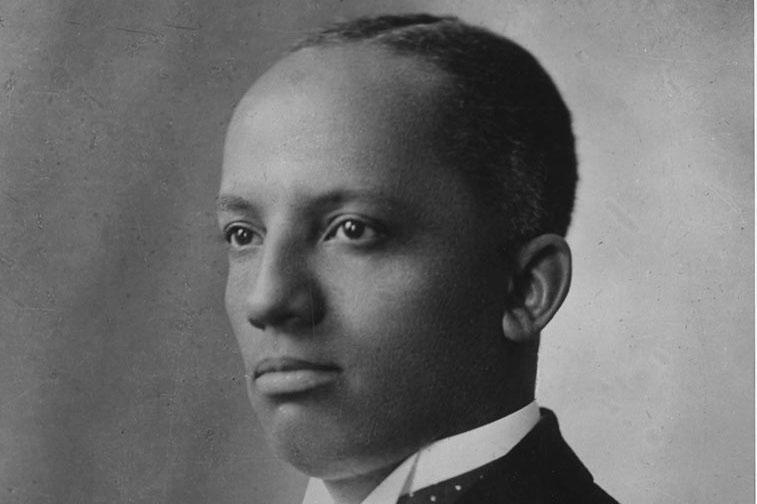
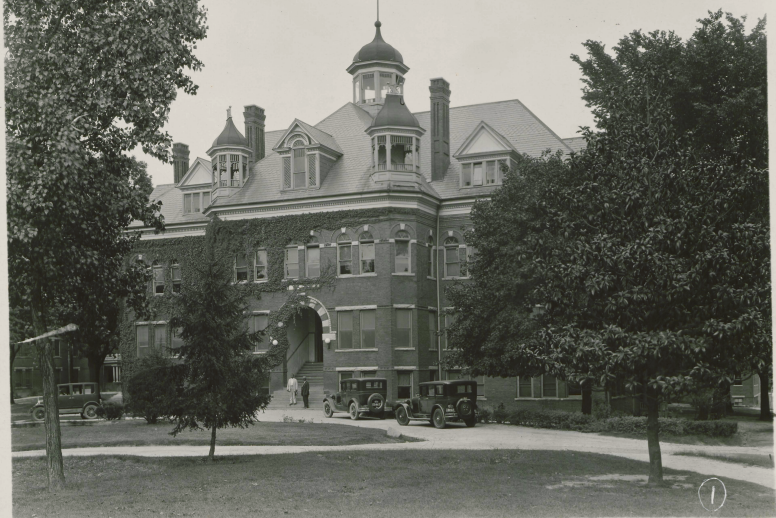
 When a Black honors student
When a Black honors student 